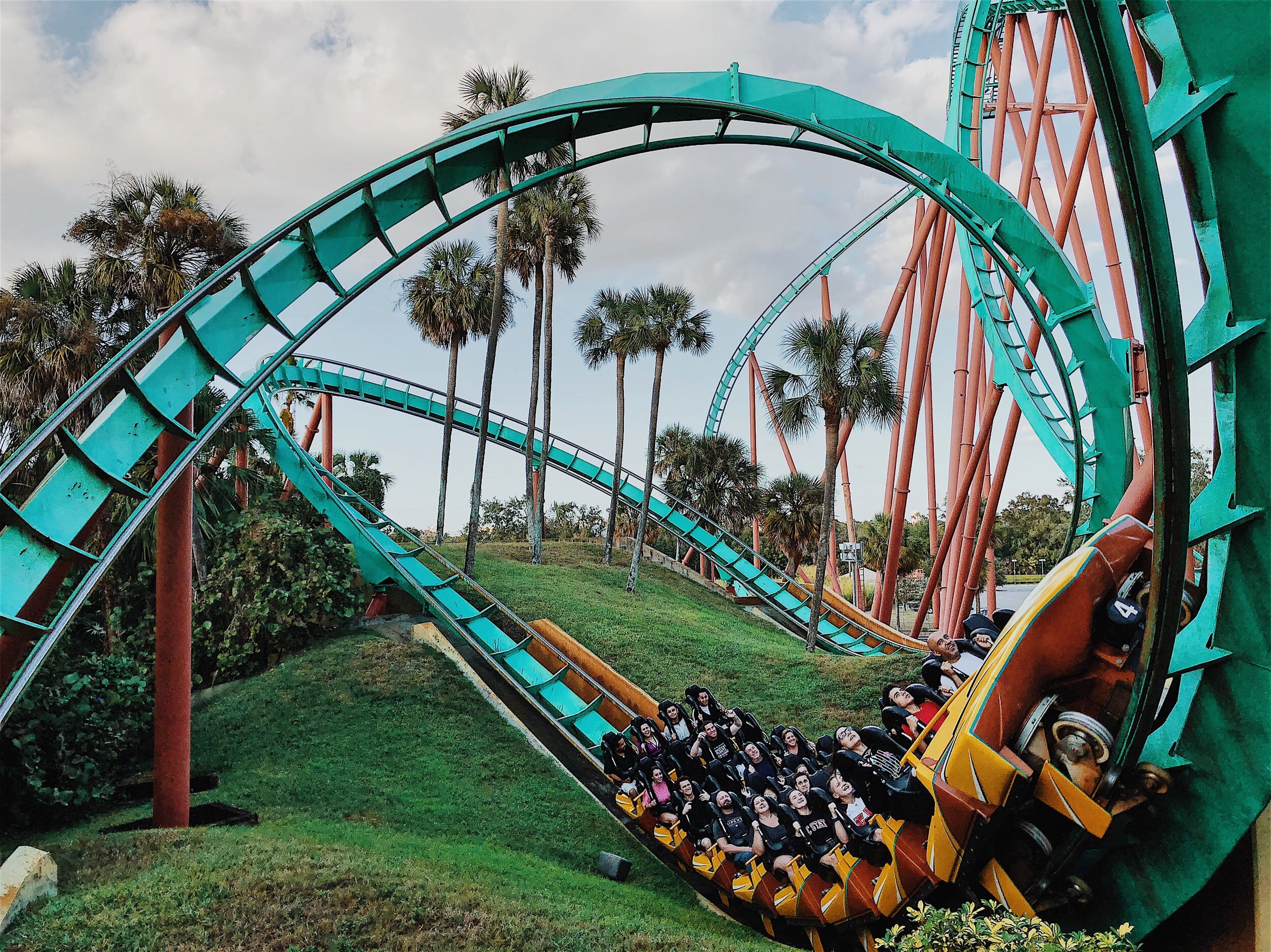With Fronthaul Capesize time charter rates today closing on 100,000/day, the narrative in dry bulk has clearly changed. The idea of a temporary spike, a “run on the mill” rally of some kind, is clearly not anymore in the mind of most investors and industry participants alike. Something else is happening, and although theories are always ample, the cold reality is simple: this is shipping. It is not always easy to identify the reasons in real time, but one can see the scarcity of ships available for chartering and this means freight prices have to go up.
Baltic Dry Index, 2010-Present
We have discussed the fundamental reasons for a strong dry bulk market for 2021 and beyond to a great extend in previous postings, but as we look at the world today some important facts can be applied to the current state of dry bulk shipping.
Commodities are in short supply: It is not difficult to see the scarcity factor in the commodities world. Prices for iron ore, grains, steel, lumber, cement, glass, copper, aluminum, palladium and dozens of other smaller commodities are in a strong uptrend since the beginning of the year. Is the world running out of such important ingredients to the global economy? Of course not. But, for now, the surge in demand is clearly causing shortages, which eventually will normalize as production catches up to demand. How long this is going take is anybody’s guess, but judging from history, it likely will take several quarters for the global production/consumption system to normalize.
Logistical chain is a mess: Although not directly affecting dry bulk, the global logistical chain has been thrown out of balance. In the container market, the rush to restock in the western world has caused a severe dislocation in container boxes from east to west, thus pushing prices significantly higher. Now, for dry bulk there is no direct impact. However, for smaller parcels and specific commodities, there is a substitution effect, especially for short haul trades.
COVID-19 is causing delays for shipping: Although for a lot of people in the western world the COVID-19 pandemic seem to be coming to an end with the high vaccination rates taking place, most of the world is still suffering from the deadly pandemic. Ports have been proactive in terms of limiting the spread of the virus through incoming vessels and the associated crews, and major delays in crew changes is greatly affecting voyage duration and loading/discharging operations. Two of the most important countries in dry bulk shipping, namely Brazil and India, have been the epicenter of the pandemic, and thus COVID-19 is having a major impact on the effective supply of ships globally. Considerable congestion in certain key ports combined with quarantine restrictions and ongoing crewing problems add further fuel to the fire as fleet efficiency gets affected.
Economic growth is accelerating: Such a trend is obviously not limited to shipping. Demand for goods is increasing, production facilities are reopening and inventories are been rebuild. Goods have to be transported from production regions to consumption areas, and given the urgency in terms of timing, the cost of freight which has been low for years now, is moving higher as well.
Cost of freight is still below average versus history: Of course, it is all about how one measures the cost of freight and what historical period one uses. For dry bulk freight, the fact that the underlying commodities prices have increased considerably, the implied cost of freight has actually remained low despite the recent increases. Take iron ore as an example: with spot prices at $190 per tonne, the current cost of freight from Australia to China stands at around $15 per tonne, leaving a net-of-freight price of about $175 per tonne. This time last year, the corresponding values were $80 per ton for iron ore and ~$5 per tonne for freight, leaving a net-of-freight price of close to $75 per tonne. Despite the tripling of freight prices, the miner actually makes a much greater profit today because of the significant move in the iron ore price. Similar calculations can be done for numerous commodities today.
Sentiment is important: In a world of computerized trading, fast on-the-go online access to investing platforms and cryptocurrency trading, the human element of dealmaking has all but disappeared. Yet, in shipping, the vast majority of trading involves human interaction. As a result, sentiment plays a major role in pricing. Shipowners today are in the driving seat and in order to lose such an advantage, something has to meaningfully alter their perception of the power they currently possess. Such a parameter can not be quantified or measured. It is the feeling that one gets once involved in the industry. And currently it feels good to own a ship.
All of the above are some factors that we think are important to consider when looking at the current high prices in the world of shipping (at least most segments). We are of no illusion that the cyclicality of the industry has disappeared. A correction in rates is inevitable, and most people involved know that (thus the considerable backwardation in futures). The major question once such a correction starts is where it stops, and such bottoming level will be very important in determining the state of the industry from a demand/supply perspective on a forward basis.
For now, investors and owners alike should continue to enjoy the state of the market. Calling “tops” is a losing game. When the time comes, rates will peak and beginning to drop, and another short cycle would have come to an end. Till, then, the best times for dry bulk in more than a decade are a reality to observe and relish.

